Ever feel like your dog is jamming to the beat with you? Like… actually syncing their barks with your playlist?
Believe it or not, some dogs don’t just hear music—they respond to it with their own four-pawed percussion section. Welcome to the wild world of rhythm-barking dog breeds, where musical vibes meet woofs in harmony.
Whether it’s the bass drop in a rap track or a high note in your favorite ballad, these dogs seem to time their howls, barks, or little grumbles with surprising precision. It’s not just a coincidence—these breeds are known for being hyper-attuned to sound, emotionally expressive, and sometimes just plain extra when it comes to joining in on the fun.
From living room concerts to car karaoke, if your dog seems like they’re your backup singer (or loudest fan), they might just be one of these musical mutts. Ready to meet the breeds that don’t just wag their tails—they perform? You’re about to meet the stars of the doggy soundstage.
Dog Breeds That Bark In Rhythms With Music
1. Chihuahua

Chihuahuas are among the tiniest dog breeds globally. Despite their size, they’re lively and full of confidence, belonging to the toy group. These loyal companions thrive on affection and are excellent lap dogs, says WebMD.
Don’t let their small size fool you—Chihuahuas are basically the rock stars of the dog world when it comes to barking in rhythm with music.

Whether it’s a catchy beat, a slow ballad, or even the jingle from your favorite commercial, these pint-sized pups love to chime in, turning any jam session into an impromptu duet (or solo, really).
And because they’re fiercely loyal, they’re probably trying to impress you with their musical talent, though sometimes it sounds more like enthusiastic background noise than melody.
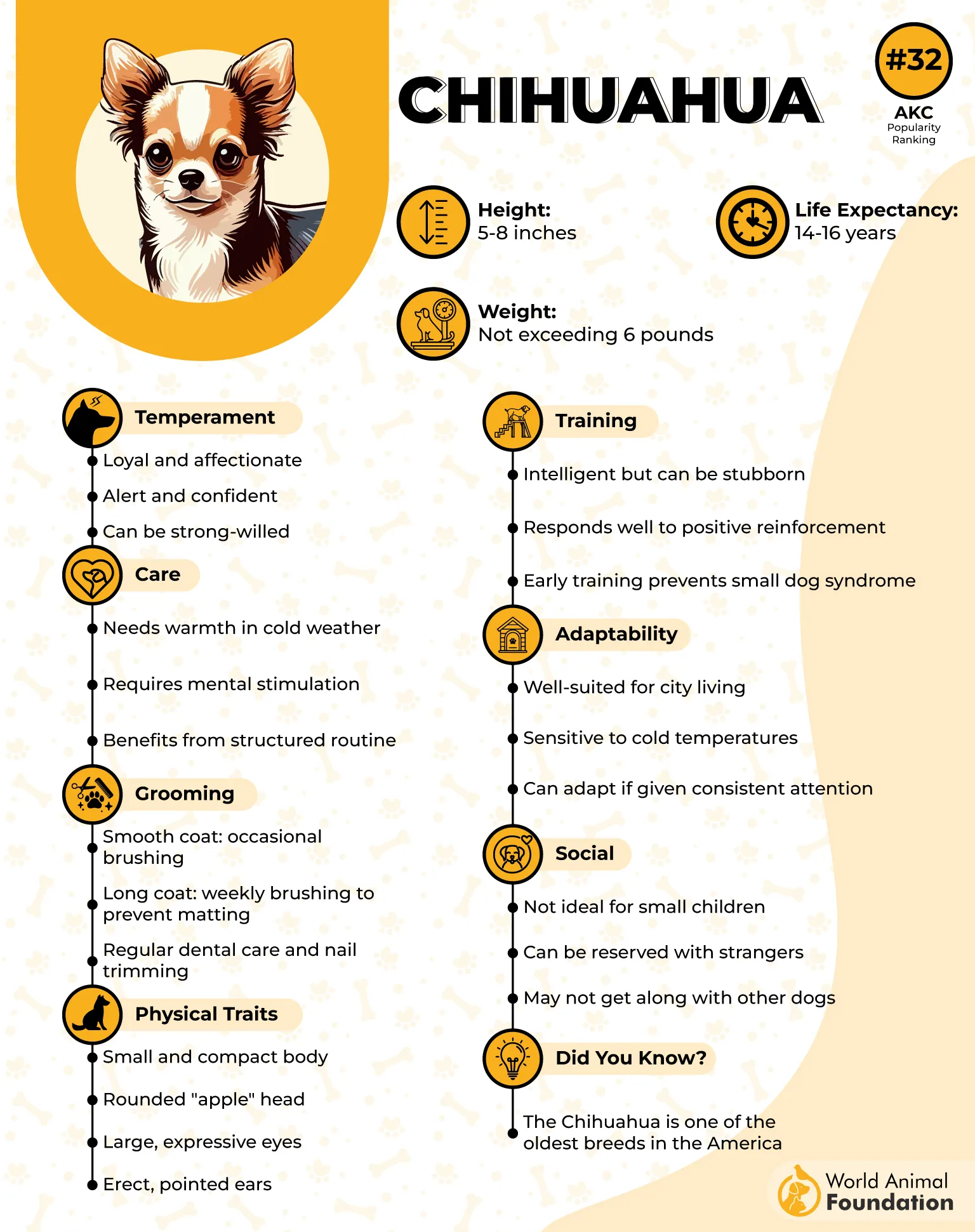
They seem to catch beats and bounce their barks accordingly.
Barking along is their way of bonding and showing love.
Their energy can turn a quiet room into a lively concert.
With their spirited personalities and razor-sharp hearing, Chihuahuas will often “sing” along, timing their barks and yips like they’re auditioning for a canine choir.
2. Australian Shepherd

Australian Shepherds are smart, energetic, medium-sized dogs known for their strong herding instincts and athletic, agile bodies. Originally developed as working dogs, they still have a powerful desire to stay busy and keep their humans happy.
With the energy of a marching band and the brains of a music professor, the Australian Shepherd doesn’t just bark—they collaborate.

These herding pros are known for their acute sense of sound and timing, so don’t be surprised if your Aussie starts vocalizing along to your favorite tunes like they’re part of the band.
Aussies often bark with purpose, and when music fills the room, they’re all in—tail wagging, head bobbing, and yes, letting out bark-beats that feel suspiciously on tempo. Whether it’s country, rock, or a YouTube lo-fi playlist, these dogs hear a beat and say, “I can work with that.”
Their sharp ears pick up subtle changes in pitch and tempo.
Smart and eager to please, they want to join your concert (even if uninvited).
Their natural urge to communicate and control means they must participate in group “howlmony.”
Australian Shepherds are highly intelligent and eager-to-please dogs that take well to training. They thrive on positive reinforcement and respond best to encouragement and rewards.
3. Beagle

The Beagle is a compact scent hound originating from England, originally bred to trail small game like rabbits and foxes. Known for their cheerful disposition, Beagles are rarely seen without a wagging tail and a curious glint in their eye.
Though not overly yappy, Beagles have a signature trio of vocalizations: a standard bark or growl, a classic baying howl, and a unique half-baying howl.
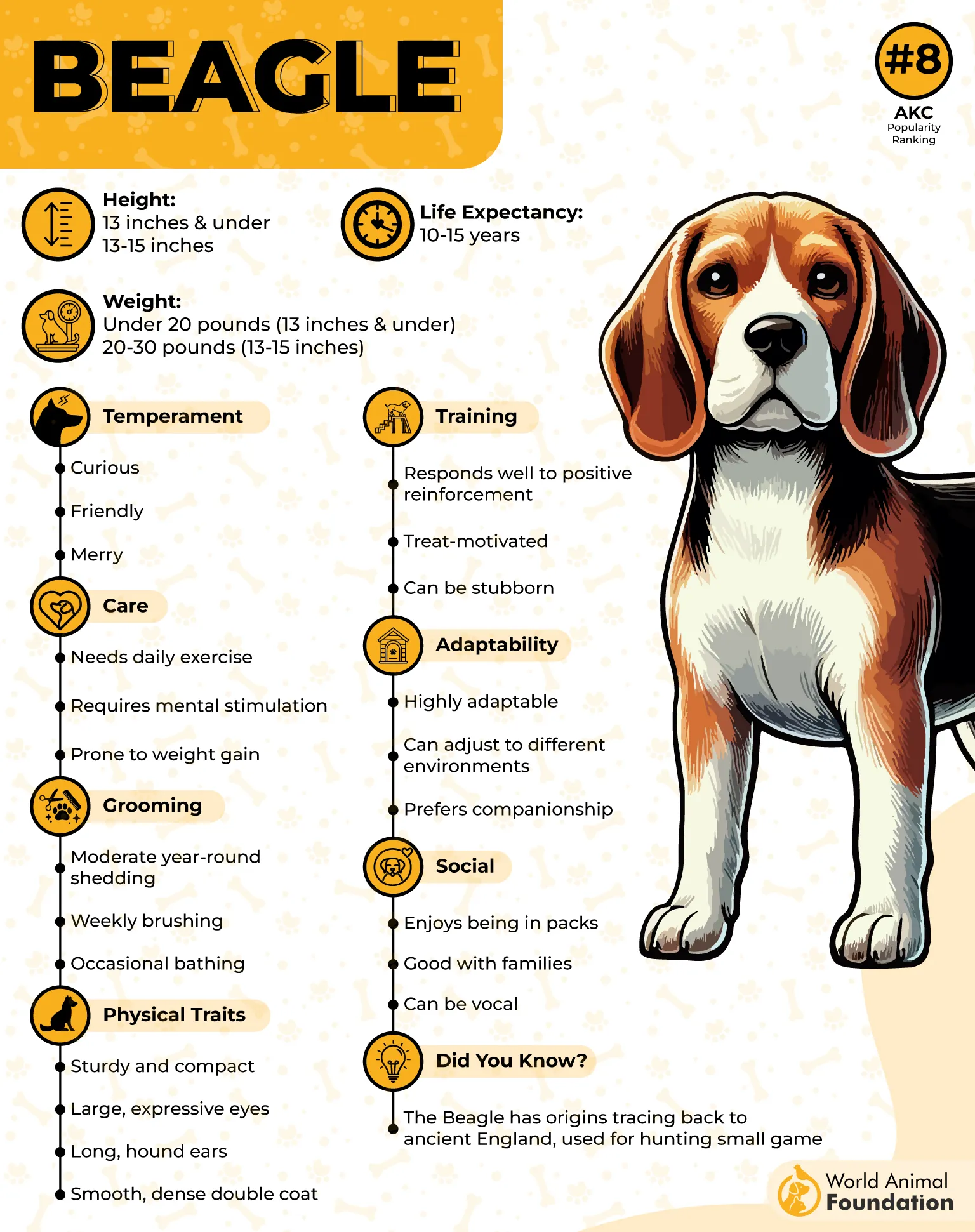
These sounds usually make an appearance when they’ve spotted prey, or when they feel it’s the perfect moment to alert the neighborhood at sunrise. If they catch wind of music (especially something with emotional highs and lows), their inner diva comes out.
Beagles love to feel the moment, whether it’s Adele or the ice cream truck jingle.
Pack mentality — Barking along to music = singing with the pack.
Their bark carries, so prepare for full-volume performances.
That classic “aroo” Beagle bay isn’t just for hunting—it’s also for harmonizing. Their vocal range is shockingly expressive, and many Beagles will match pitch, sing with sirens, or join the chorus of your favorite power ballad like they’ve been rehearsing for weeks.
Thanks to their exceptional sense of smell, Beagles have even been employed at airports, where they patrol baggage claim areas to detect illegal or undeclared food items hidden in luggage.
4. Dachshund

Dachshunds may be small in size, but their bark has the range of a full percussion section.
Affectionately known as the “hot dog” or “wiener dog,” Dachshunds are adored for their unique long-and-low bodies and endearing personalities—traits that have helped make them one of the most beloved dog breeds in the U.S.

With those deep chests and determined personalities, these long-bodied legends don’t just bark—they perform. If there’s music playing, especially anything upbeat or rhythmic, your Dachshund might just throw in a few perfectly timed woofs like backup vocals.

Originally bred to chase badgers into burrows, they’ve still got that relentless drive—only now it’s aimed at your Spotify playlist. Whether it’s classic rock or a TikTok sound, they’ll bark in rhythm like they’re the star of the show (and, honestly, they are).
Strong vocal cords for a small dog—think little body, big bark.
Naturally energetic and always ready to join the action.
Rhythmic instincts from their bold, persistent temperament.
Dachshunds are cheerful, affectionate dogs that make excellent companions for first-time pet owners. They enjoy mental stimulation through puzzle toys and scent-based games, tapping into their natural hunting instincts.
5. Basset Hound

If jazz had a dog breed, it would be the Basset Hound. The medium-sized Basset Hound makes a cozy and easygoing family companion. Compact enough to hop into the car for trips, they’re perfectly happy without needing a lot of room to stretch out.
With their droopy eyes, floppy ears, and mournful expression, Bassets may look like they just rolled out of bed—but when the music starts, don’t be surprised if they moan, howl, or bark right in rhythm like a low-and-slow blues singer.
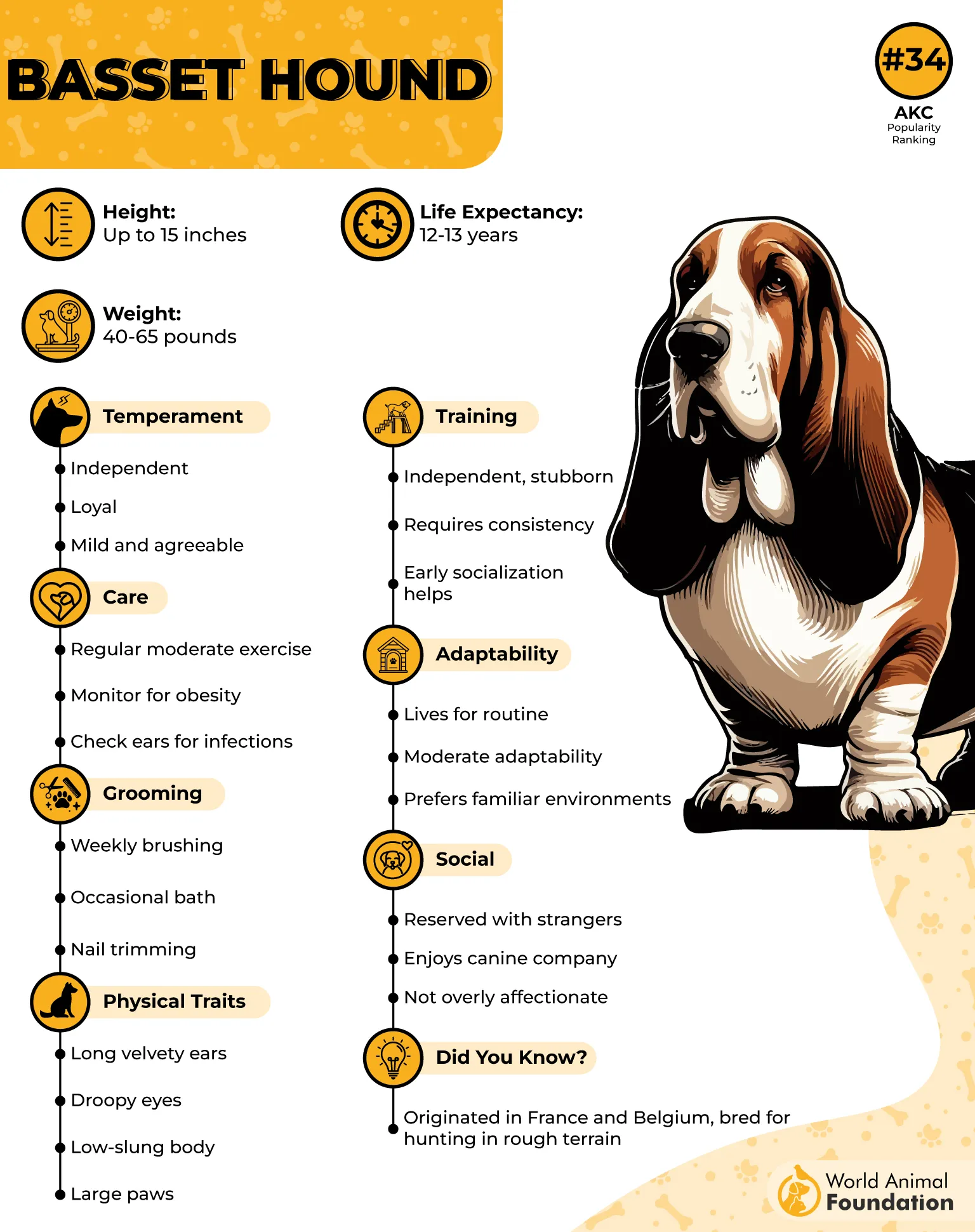
Bassets have impressively deep, melodic voices (seriously, that bark echoes), and when music plays, their natural tendency to vocalize can turn into something almost… artistic. They’re not always on beat (hey, neither is your uncle at weddings), but they do commit to the vibe.
That baritone bark was made for ballads.
Laid-back nature means they prefer chill tunes, like acoustic sets and soft rock.
Emotional pups—they bark with feeling, like a dog channeling Adele.
Basset Hounds are famously stubborn—a useful quality when they need to follow a scent trail for hours without giving up. Overall, their temperament is laid-back and friendly, striking a perfect balance between being neither too sharp nor too shy.
Basset Hounds may not jump up and dance, but their soulful serenades add a little background music to your life, with floppy-eared flair.
6. Siberian Husky

If you’ve ever heard a Siberian Husky let loose, you know it’s not just a bark—it’s a full-blown performance. Siberian Huskies are striking, medium-sized working dogs known for their stunning wolf-like appearance and incredible endurance.
Originally bred by the Chukchi people of Siberia to pull sleds across harsh Arctic terrain, they combine strength, agility, and a friendly, outgoing personality.
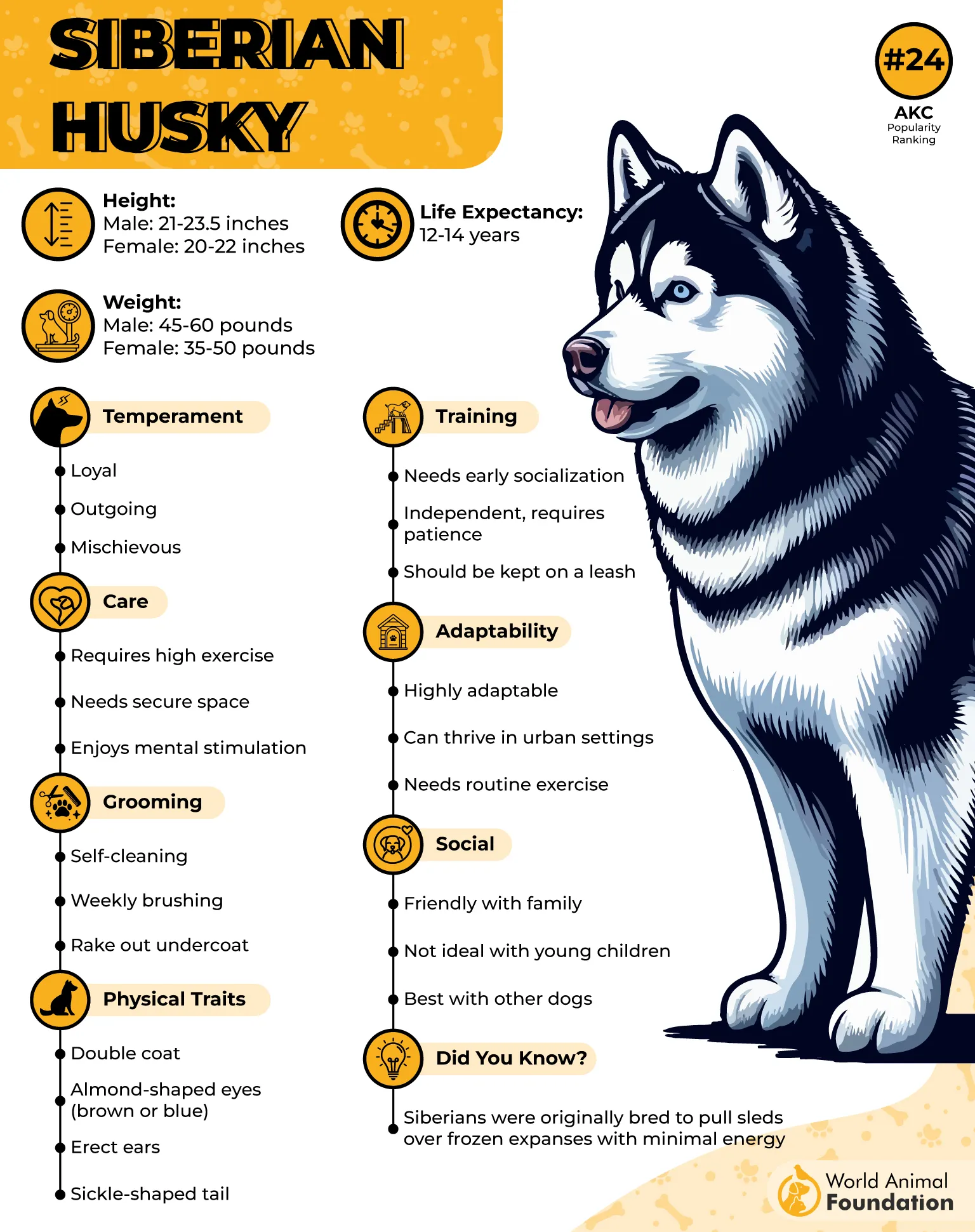
Huskies don’t bark as much as they howl, warble, yodel, and chirp like they’re auditioning for a canine version of The Voice. And when music hits the speakers? Oh boy, your Husky just found their backing track.
With their wolf-like ancestry and pack-driven communication style, Huskies naturally respond to sound—and they love joining in. Whether it’s a piano solo, a violin concerto, or your off-key shower singing, the Siberian Husky is there to harmonize (or at least dramatically howl in protest).
Natural-born vocalists—they don’t bark, they serenade.
Pack instincts kick in—they think you’re singing to rally the crew.
Expressive personalities mean they have thoughts about your playlist.
Siberian Huskies also require mental engagement and were bred to be social with other dogs. Activities like playing with toys and visiting dog parks are excellent ways to provide both the mental and physical exercise they need to stay happy and healthy.
7. German Shepherd
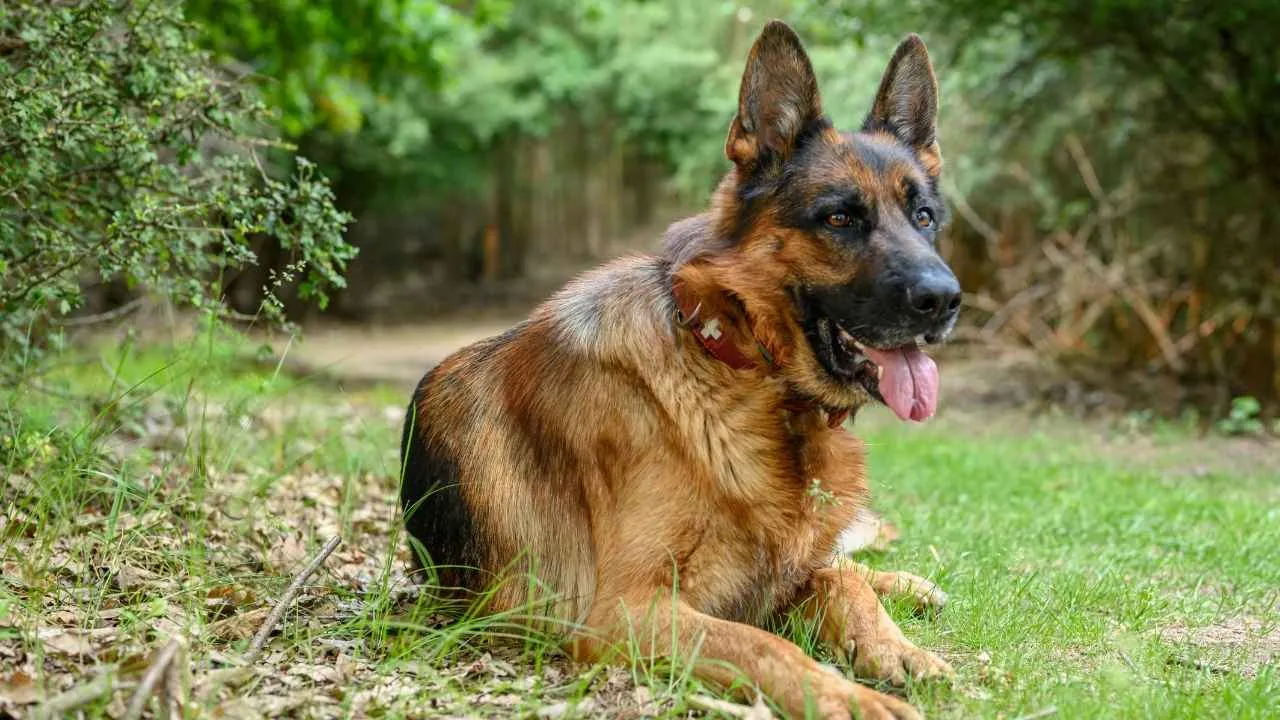
German Shepherds are best known for being serious, loyal, and laser-focused—but drop a beat, and these disciplined canines might just surprise you with their musical timing.
With an acute sense of hearing and a sharp, intelligent mind, the German Shepherd doesn’t just hear music—they analyze it. And sometimes… they join in.

Whether it’s classical music, movie soundtracks, or your weekend playlist, some German Shepherds have been known to match their barks to a beat, almost like they’re giving K-9 commentary in rhythm. If they trust the vibes, they might add a bark or two that lands with uncanny timing—like a drumline with a badge.
They pick up subtle changes in pitch and tone, making rhythmic barking almost instinctive.
When they engage, they really engage—especially with you.
Some can even learn to bark on command to beats.
Think of the German Shepherd as the alert bodyguard who also moonlights as your soundcheck guy. Disciplined? Yes. But if your jam hits right, don’t be shocked if you get a bark or two in tempo.
8. Pomeranian
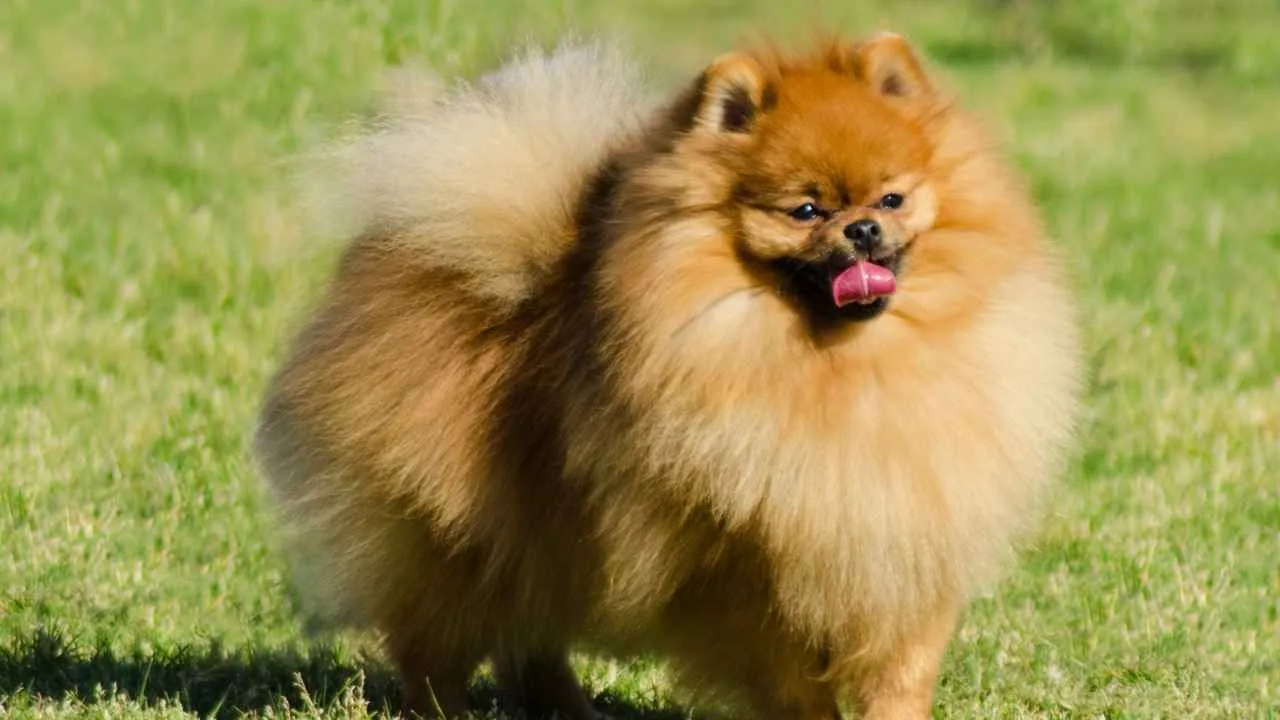
If there’s a dog breed destined for a musical montage, it’s the Pomeranian.
With their fluffy coats, fiery personalities, and a bark that’s somehow both cute and commanding, Poms don’t just hear music—they respond to it. Whether it’s a pop song, a jingle, or your ringtone, this little entertainer is ready to harmonize in their own high-pitched way.
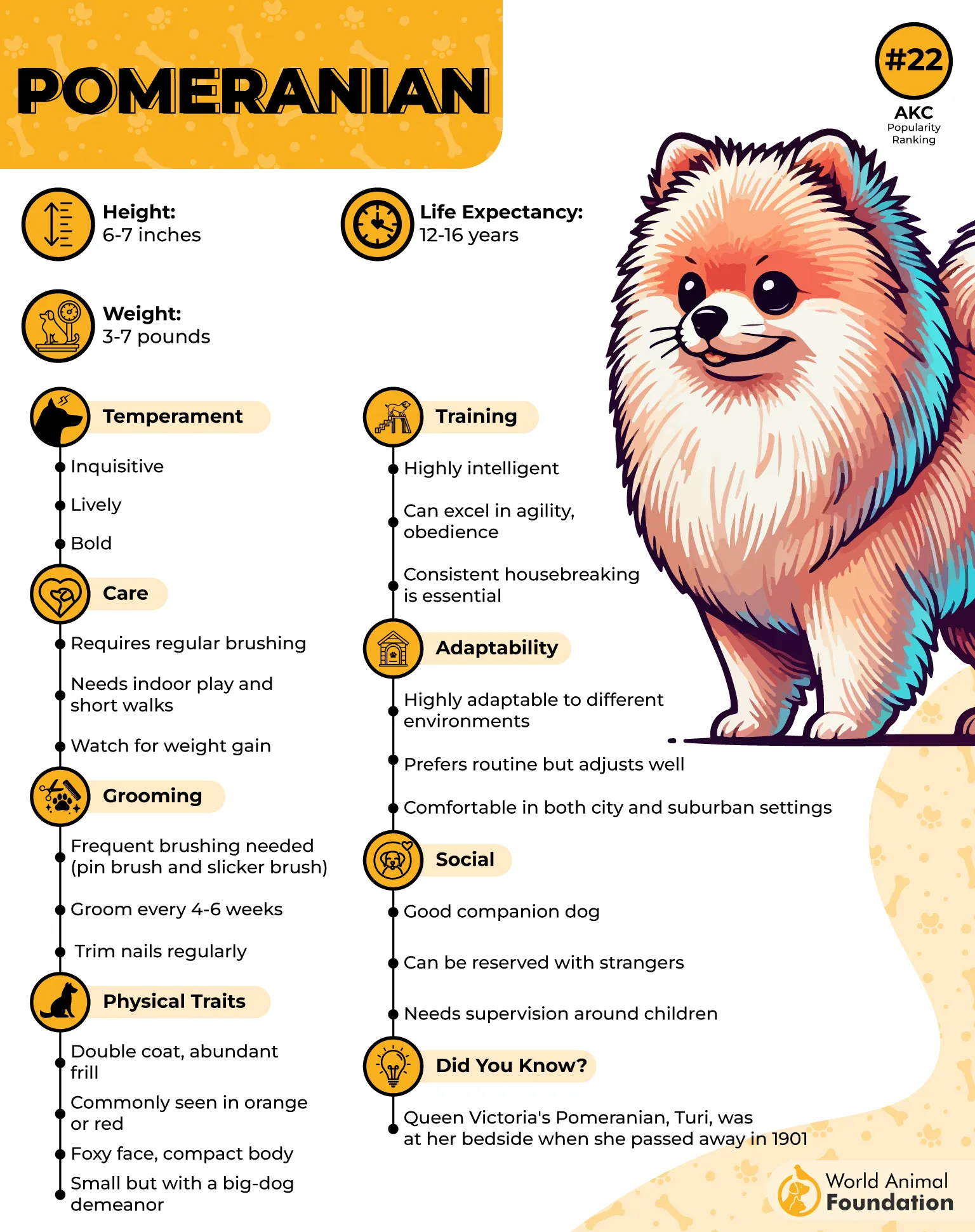
Pomeranians are known for being alert, vocal, and drama-prone (in the most adorable way). So when music fills the room, don’t be surprised if your Pom starts adding their signature “yip-yip-YAP” in rhythm. It’s not noise—it’s a performance.
They live for attention and love a good audience.
Every beat is a chance to make some joyful noise.
Just like a Broadway star trapped in a 7-pound fluffball.
If you need a backup singer for your next car karaoke session, the Pomeranian is more than ready—just make sure they get their spotlight moment.
9. Miniature Schnauzer

Don’t be fooled by the Miniature Schnauzer’s dapper beard and distinguished eyebrows—beneath that polished exterior is a dog with a bark that could headline its own concert.
When music starts flowing, this pint-sized pooch is quick to join the fun, barking in crisp, staccato bursts that somehow sync perfectly with the rhythm. It’s like having your very own four-legged beatboxer right in the living room.
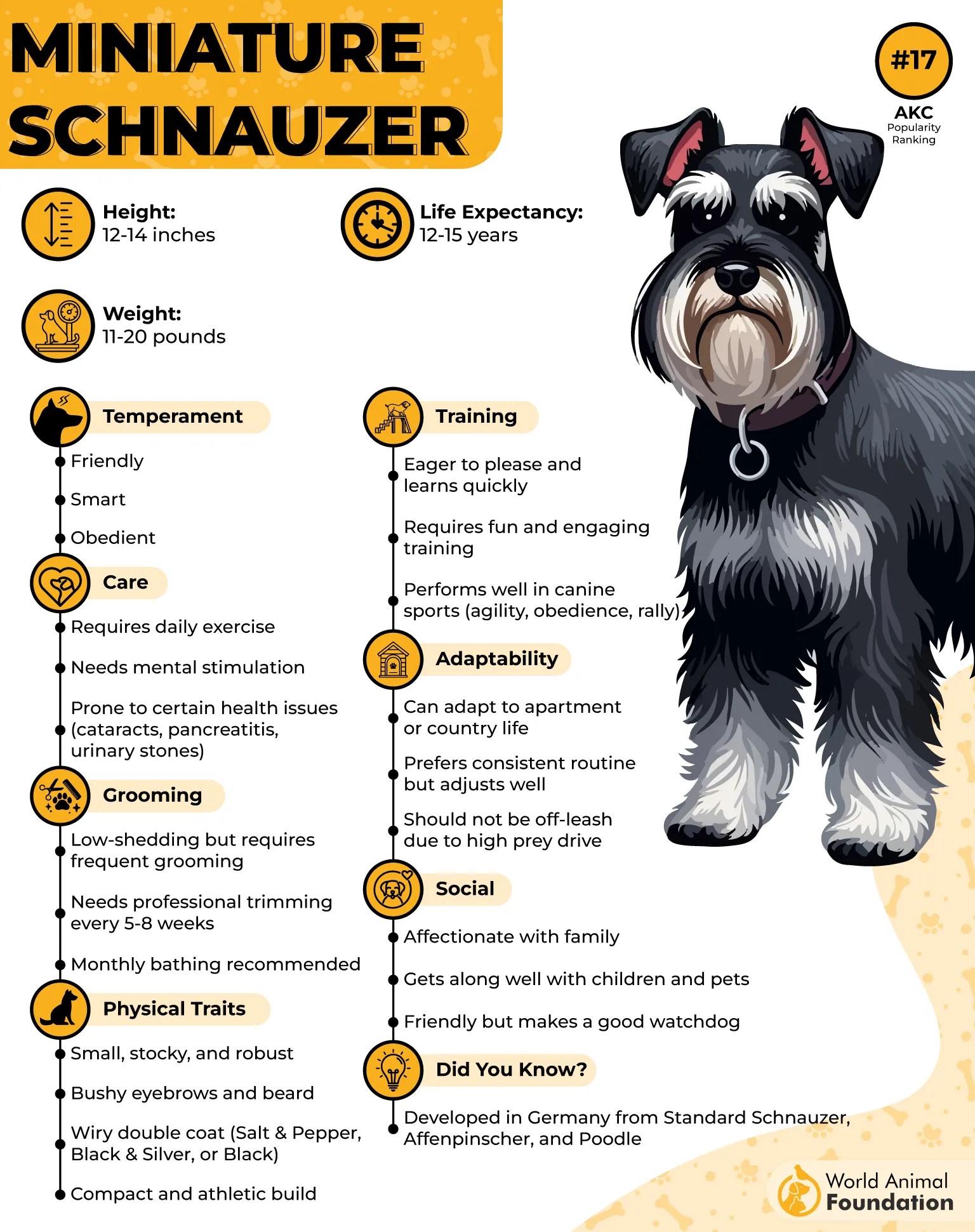
Mini Schnauzers are naturally alert and lively, which means they’re tuned into every sound and vibe around them. Their barks aren’t just noise—they’re like little percussion solos that add texture and life to your favorite jams.
They’re super attentive to rhythms and tones, reacting with a well-timed “woof” that makes you wonder if they understand beats better than some humans.
These dogs are full of spunk and love to show off their vocal talents, especially when they know all eyes are on them.
Training classes? Family gatherings? Any chance to be the center of attention? Mini Schnauzers seize it with their bark-tastic flair.
If you want a small dog who’s more than just a watchdog—someone who brings rhythm, energy, and a splash of sass to your playlist—your Miniature Schnauzer will happily steal the spotlight (and maybe the mic).
10. Yorkshire Terrier

Tiny but mighty—that’s the Yorkshire Terrier in a nutshell. These little dynamos pack so much personality and vocal power into their small frames, it’s like having a rock star with fur.
According to the AKC, Yorkies are often ranked as the most popular dog breed in many American cities. Despite their tiny size, they bring a big-city attitude and plenty of confidence in a compact, self-assured package.

Yorkies don’t just bark—they perform with a high-pitched, energetic yapping that can easily keep pace with the snazziest beats or most upbeat tunes.
Yorkshire live for attention and thrive on being the star of the show. Throw on your favorite playlist, and watch your Yorkie jump into the act with perfectly timed barks and yips that feel like their own vocal solos.
Their signature sound is sharp and full of energy—think of it as a vocal riff that keeps the rhythm going.
Yorkies are confident and bold, turning any moment into a stage for their musical expressions.
These dogs seem to sense the beat naturally and love adding their “voice” to the mix.
If you want a pocket-sized pup who turns up the volume on fun and fills your home with lively, rhythmic barks, the Yorkshire Terrier is your front-row ticket to a lifetime of mini rock concerts.
Conclusion
Some dog breeds are so tuned in to their environment, they don’t just bark—they sing in rhythmic patterns with music. This vocalizing isn’t just noise; it’s a form of communication, shaped by nature, training, and personality. Breeds like Beagles and other vocal canines often respond with a drawn-out howl or deep bark, especially when they hear a tune, the wind, or even other dogs.
This behavior may be a way to express excitement, boredom, anxiety, or simply a need for attention and stimulation. Dogs bark to protect their family, alert owners to strangers at the door, or let out a playful growl during exercise in the yard.
In fact, this kind of “talking” is their way of understanding and interacting with both humans and other animals, like foxes, rabbits, or even that neighbor’s puppy. Whether it’s a house full of music or a page turning on a device, some dogs are prone to follow sound patterns, jumping into the air, wagging their tail, and showing they feel safe or happy. It’s in their kind nature, their behavior, and often their nose-led curiosity to search, express, and communicate. Barking in rhythm might seem fun, but it has a lot of meaning—if we listen closely.


